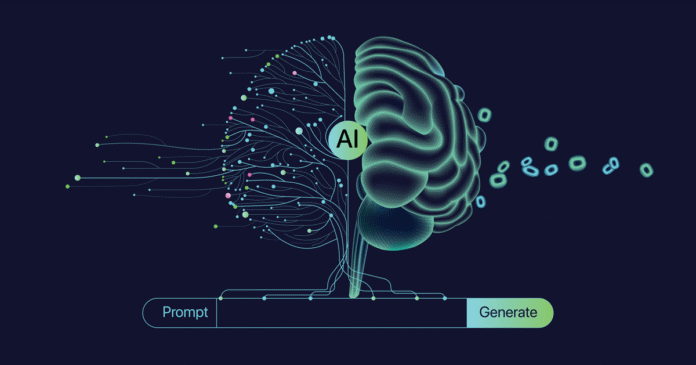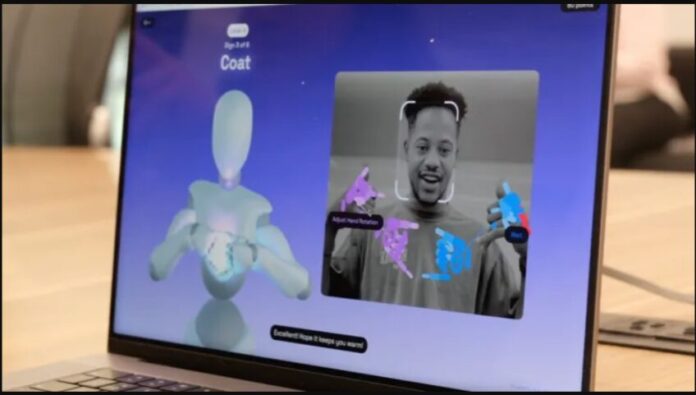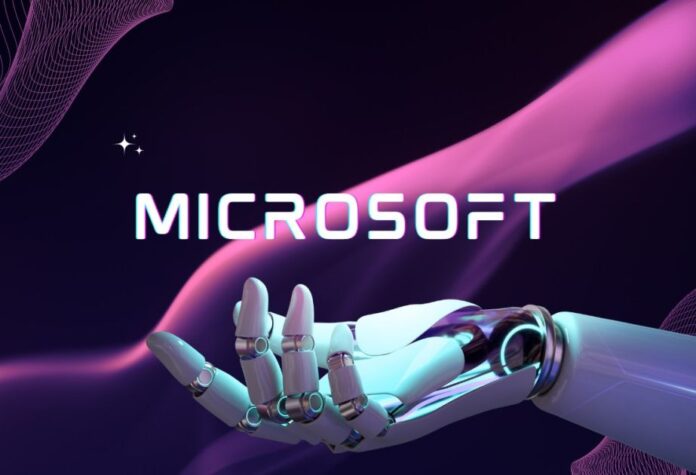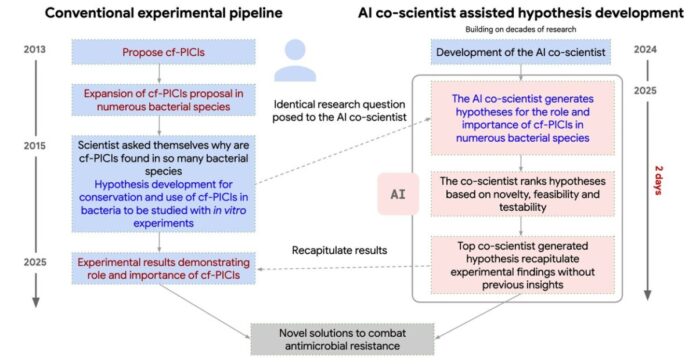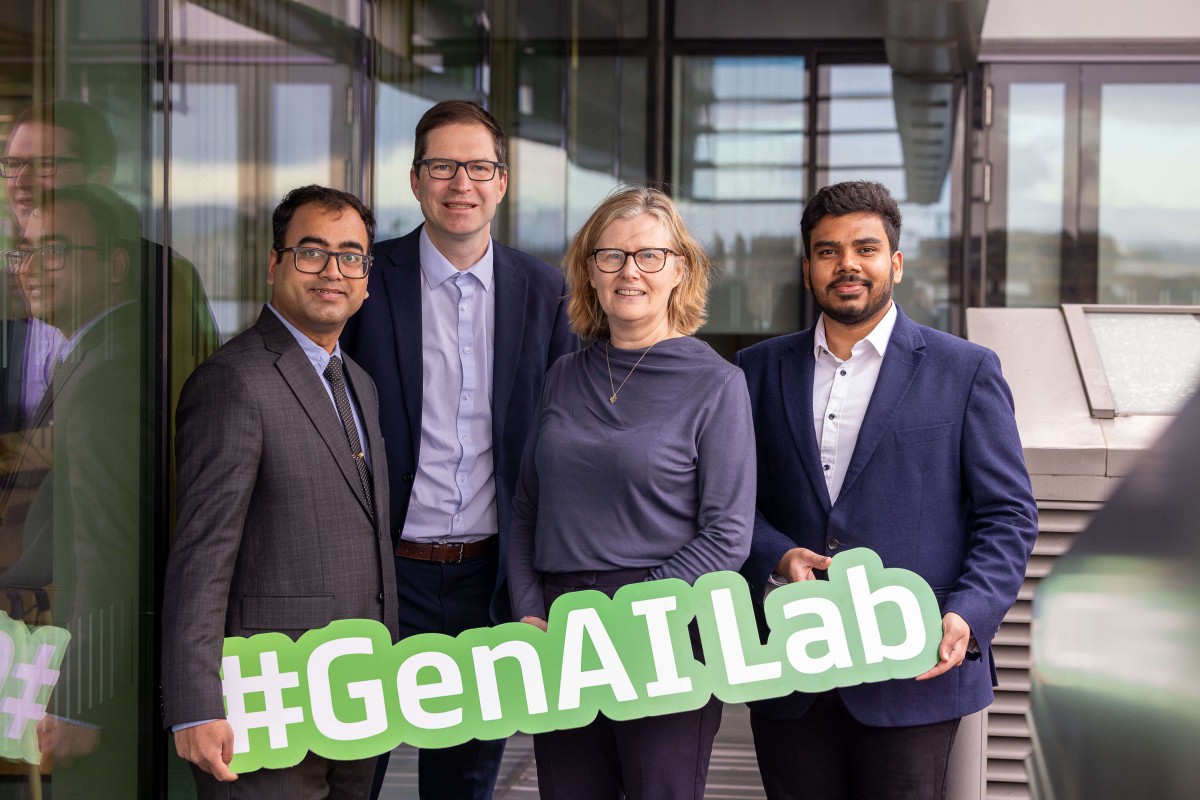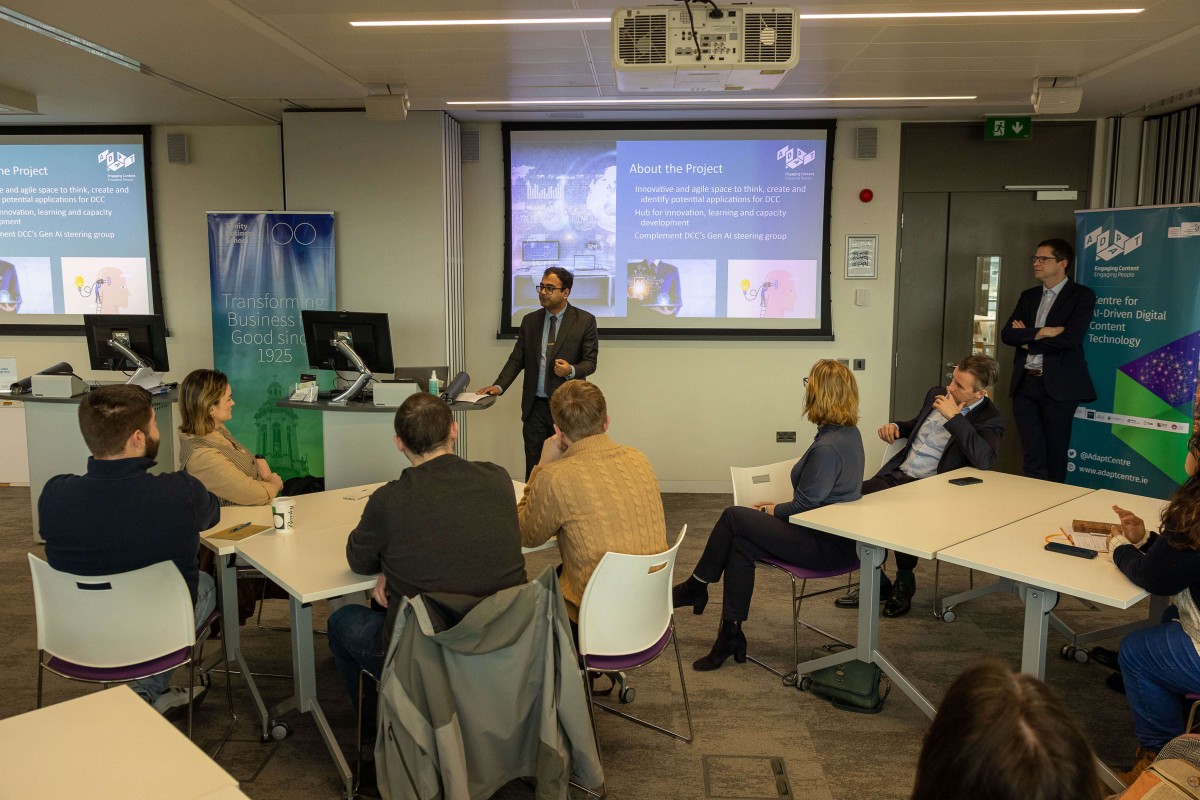How would you feel if your internet search history was put online for others to see?
That may be happening to some users of Meta AI without them realising, as people’s prompts to the artificial intelligence tool – and the results – are posted on a public feed.
One internet safety expert said it was “a huge user experience and security problem” as some posts are easily traceable to social media accounts.
This means some people may be unwittingly telling the world about their searches – such as asking the AI to generate scantily-clad characters or help them cheat on tests.
Meta says chats are private by default, and if users make a post public they can choose to withdraw it later.
Before a post is shared, a message pops up which says: “Prompts you post are public and visible to everyone… Avoid sharing personal or sensitive information.”
However – given the private nature of some of the queries – it is not clear if the users understand their searches are being posted into a public “Discover” feed on the Meta AI app and website, and that these could be traced to their other social accounts through usernames and profile pictures.
The BBC found several examples of people uploading photos of school or university test questions, and asking Meta AI for answers.
One of the chats is titled “Generative AI tackles math problems with ease”.
Another user’s conversation which was posted publicly was about them exploring questions around their gender and whether they should transition.
There were also searches for women and anthropomorphic animal characters wearing very little clothing.
One search, which could be traced back to a person’s Instagram account because of their username and profile picture, asked Meta AI to generate an image of an animated character lying outside wearing only underwear.
‘You’re in control’
Meta AI, launched earlier this year, can be accessed through its social media platforms Facebook, Instagram and Whatsapp.
It is also available as a standalone product which has a public “Discover” feed.
Users can opt to make their searches private in their account settings.
Meta AI is currently available in the UK through a browser, while in the US it can be used through an app.
In a press release from April which announced Meta AI, the company said there would be “a Discover feed, a place to share and explore how others are using AI”.
“You’re in control: nothing is shared to your feed unless you choose to post it,” it said.
But Rachel Tobac, chief executive of US cyber security company Social Proof Security, posted on X saying: “If a user’s expectations about how a tool functions don’t match reality, you’ve got yourself a huge user experience and security problem.”
She added that people do not expect their AI chatbot interactions to be made public on a feed normally associated with social media.
“Because of this, users are inadvertently posting sensitive info to a public feed with their identity linked,” she said.
















